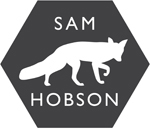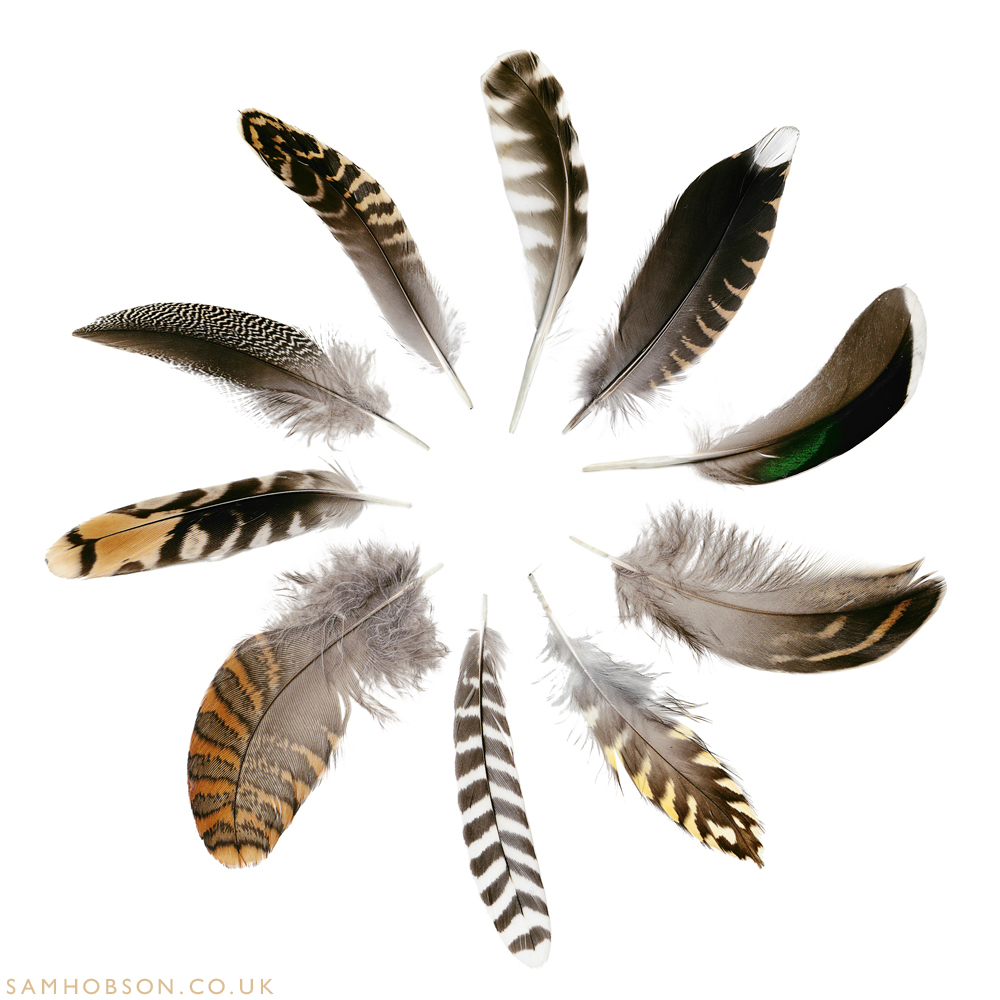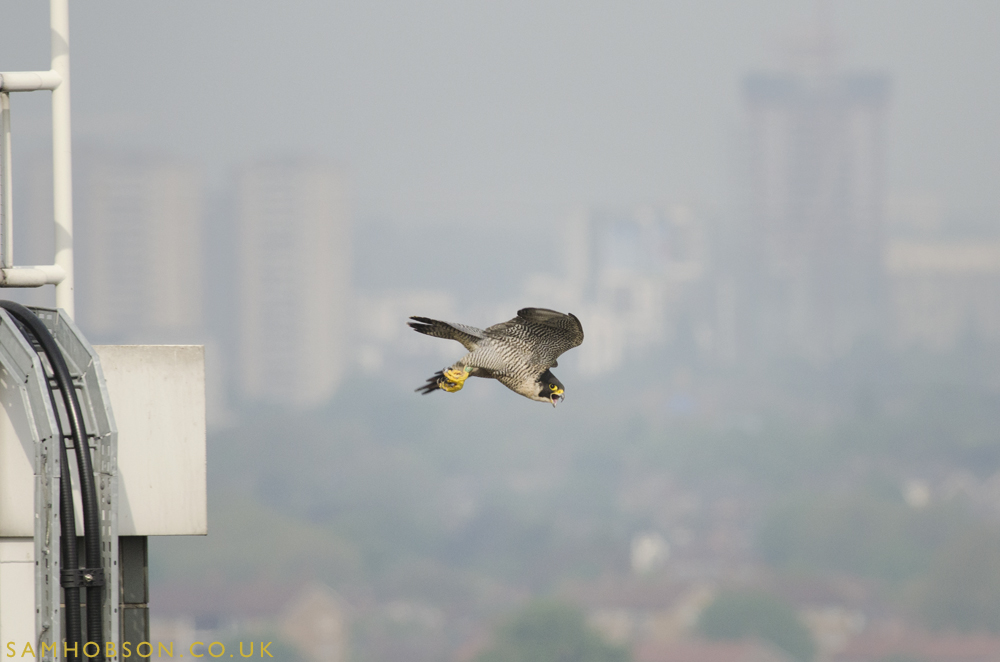Check out the most recent Outdoor Photography Magazine ( Issue 194 / July 2015) to see my Amsterdam Herons featured as a photo-showcase..
"Market day in Amsterdam is no ordinary affair. Mobs of grey invaders descend from the skies to congregate around the seafood stalls. The collective noun for a group of herons is a ‘siege’, and with 15 of them perched on the stands and surrounding buildings, this is what it feels like.
Amsterdam has a large population of grey herons, thanks to its network of canals and waterways, and the sight of a cunning heron sneaking up behind a fisherman to steal a prize fish from his bucket isn’t unusual. But the most adventurous birds have learnt that if they make the commute there are more lucrative ways to make a living at the fish markets in the city centre."





































